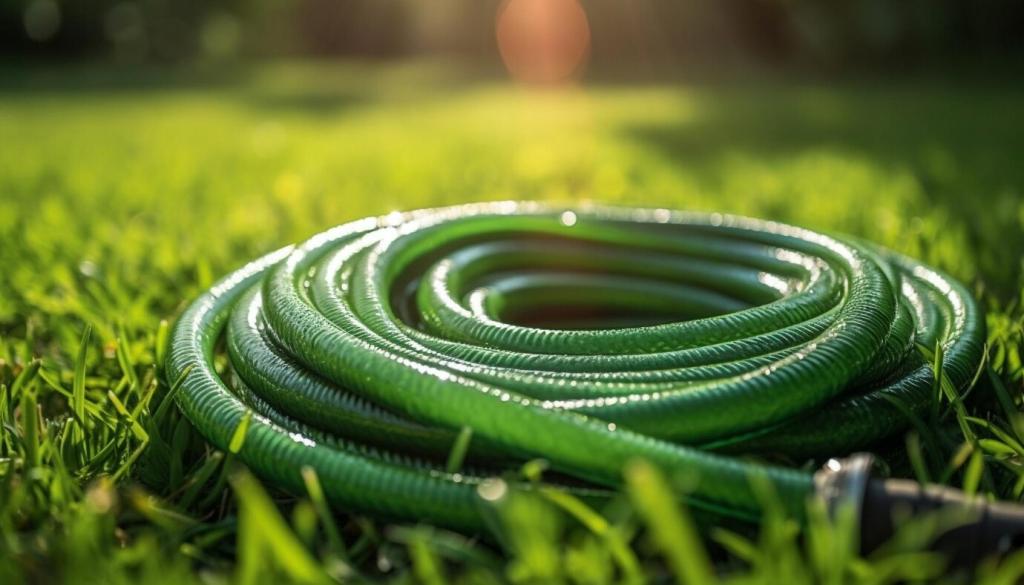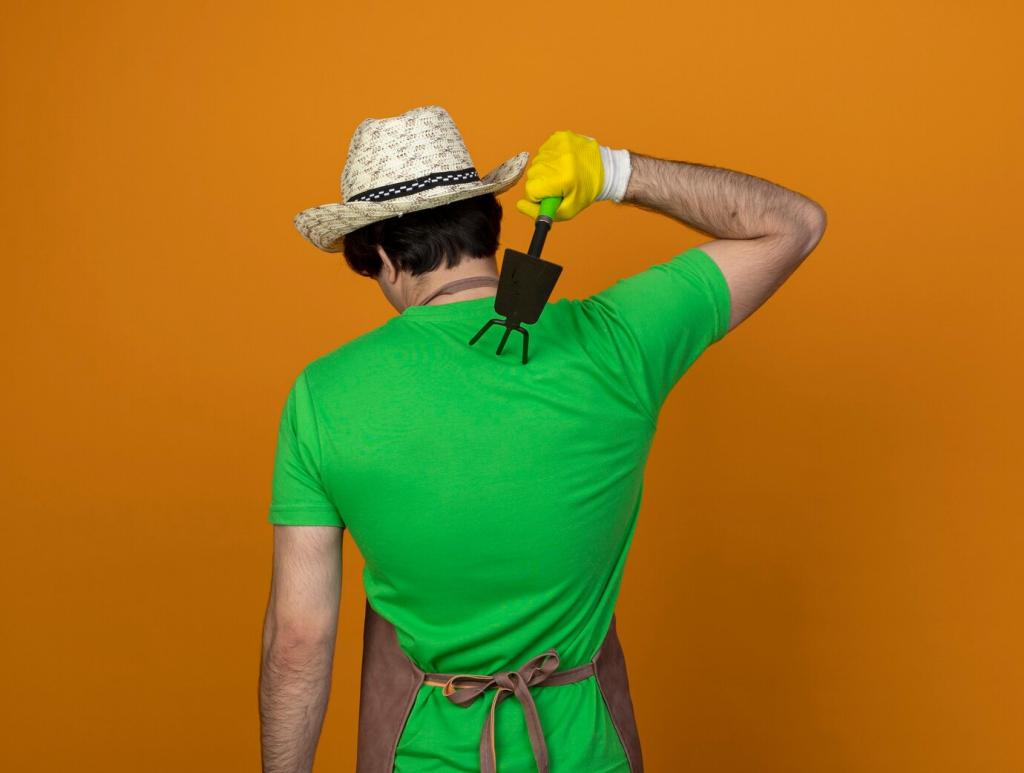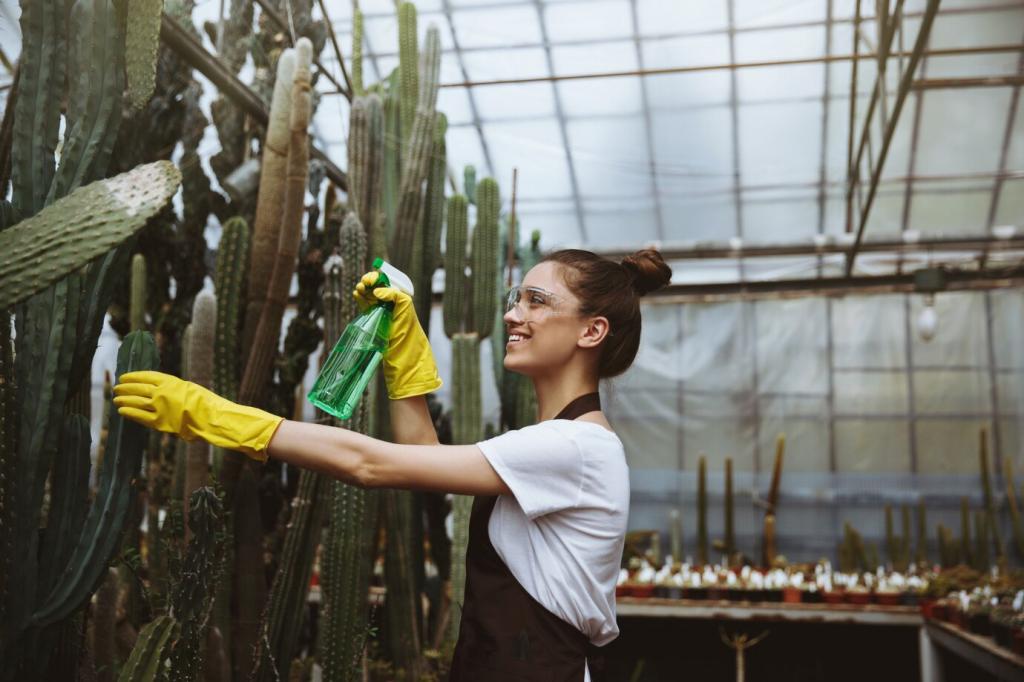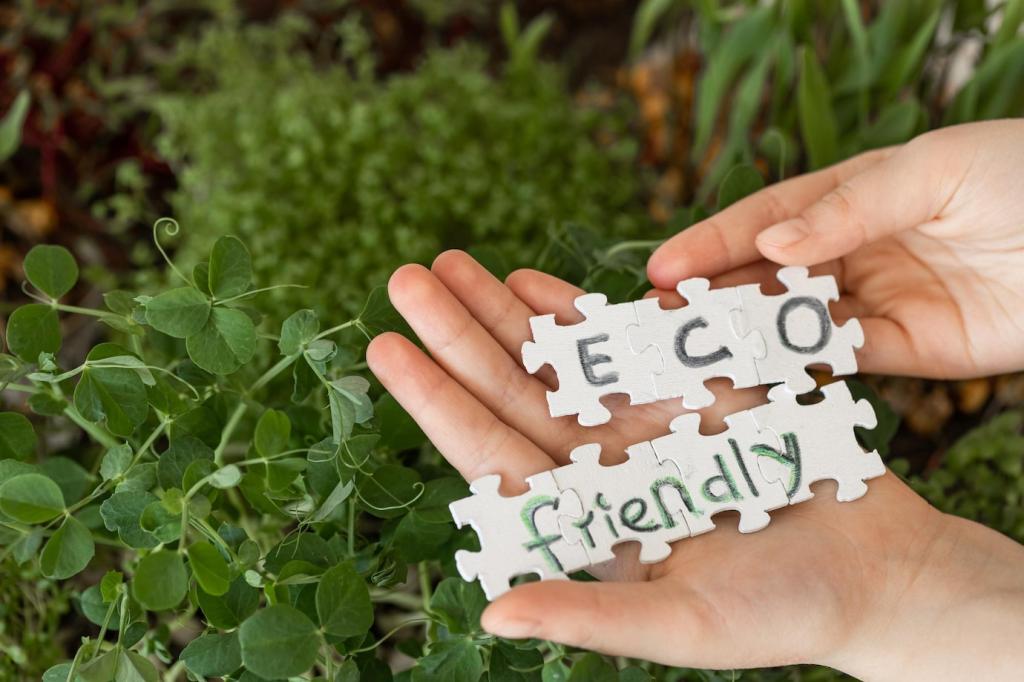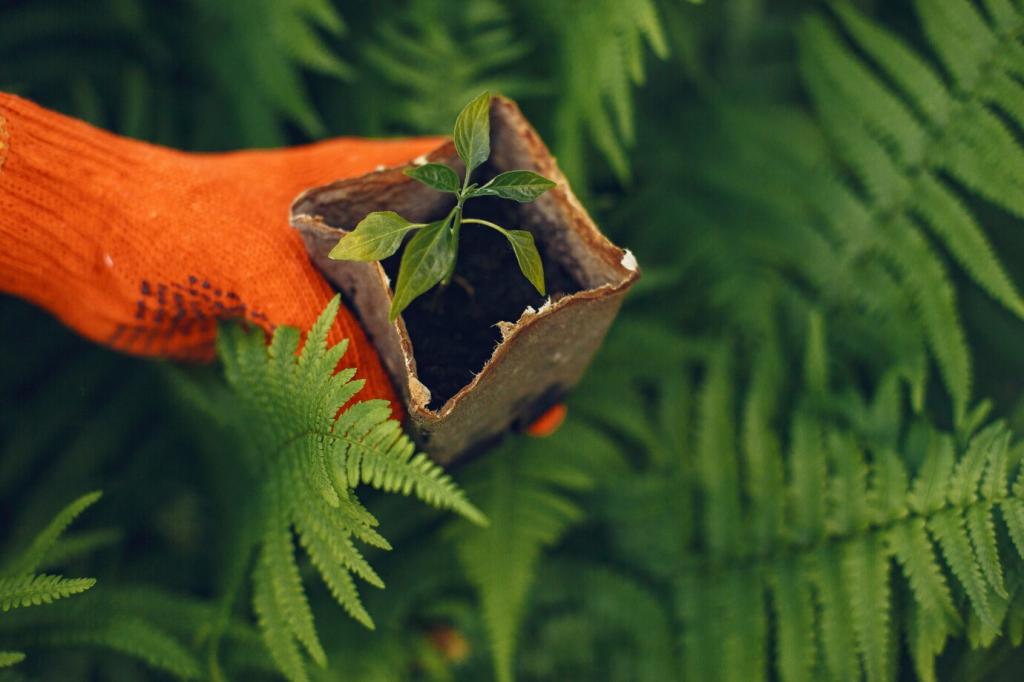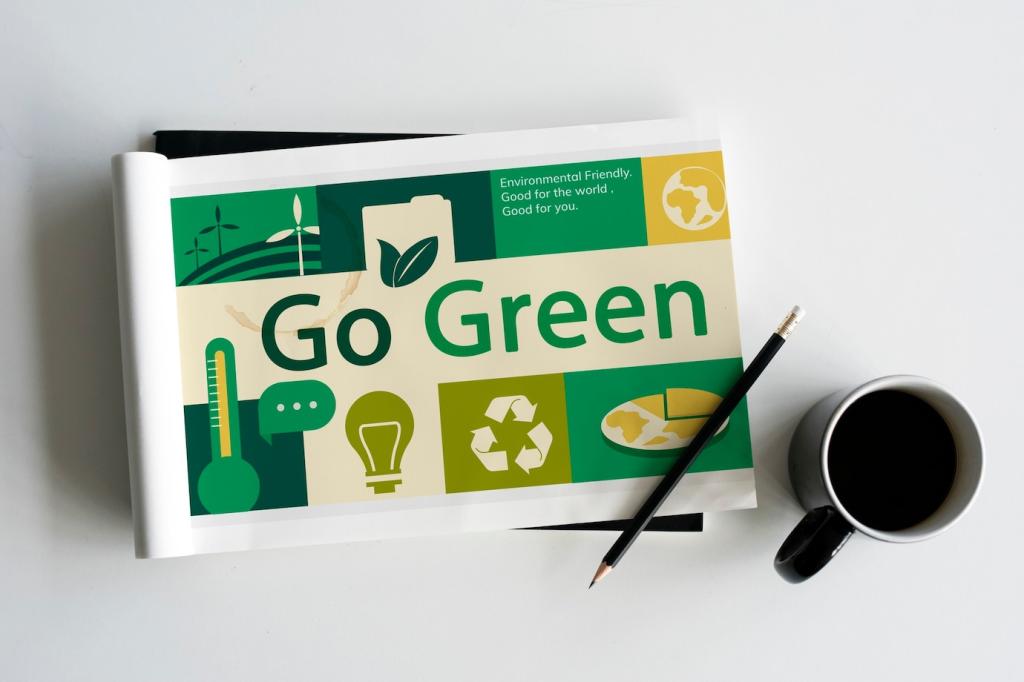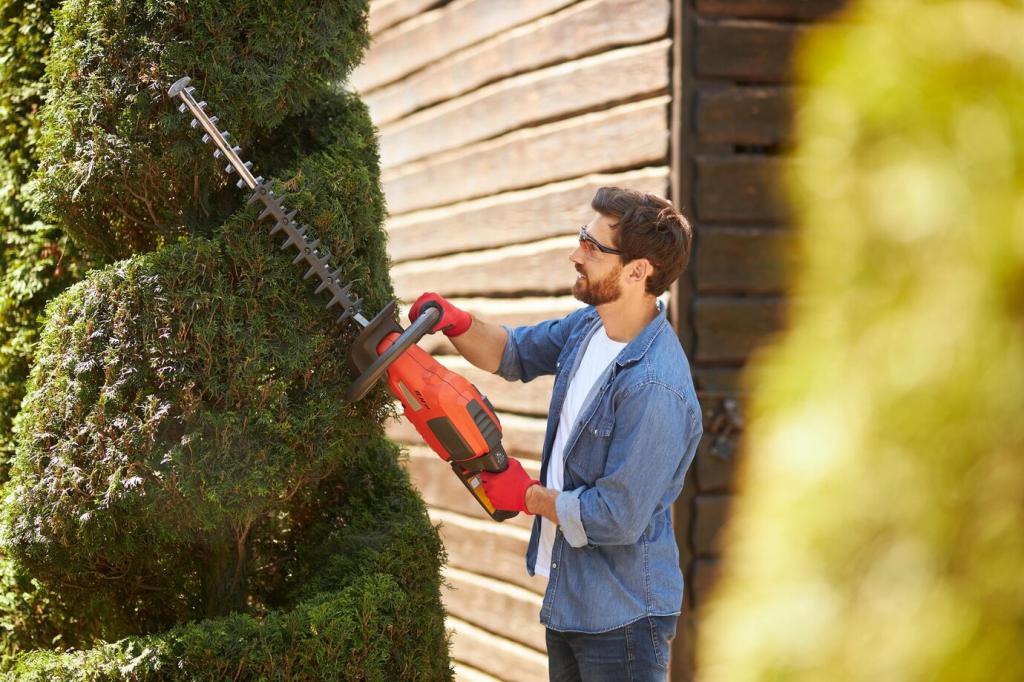Stories, Tips, and Your Questions
One morning, a reader knocked a latte onto a linen blend loveseat. Quick blotting, a vinegar-castile solution, and calm, patient passes lifted the mark. Baking soda banished the faint dairy odor overnight. The lesson: speed, gentleness, and measured moisture keep small mishaps from becoming permanent signs of a Monday rush.
Stories, Tips, and Your Questions
An abandoned armchair gained a second chance after a thorough vacuum, cornstarch degreasing, and a careful deep clean using castile soap and vinegar. Charcoal sachets tucked beneath the seat absorbed musty smells. The renewed fabric felt soft, clean, and welcoming—proof that natural methods can rescue pieces with surprising grace.
Stories, Tips, and Your Questions
What natural upholstery cleaners have worked wonders on your sofa? Share your recipes, photos, and questions in the comments. Subscribe for weekly, research-backed tips and seasonal checklists tailored to your fabrics. Your experience helps this community test, refine, and celebrate eco-friendly methods that keep upholstery fresh without compromise.
Stories, Tips, and Your Questions
Lorem ipsum dolor sit amet, consectetur adipiscing elit. Ut elit tellus, luctus nec ullamcorper mattis, pulvinar dapibus leo.

